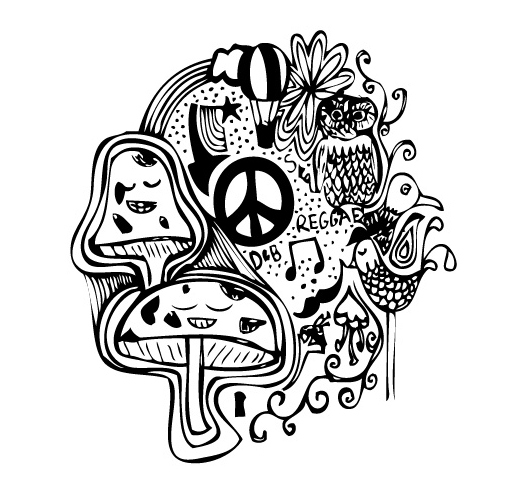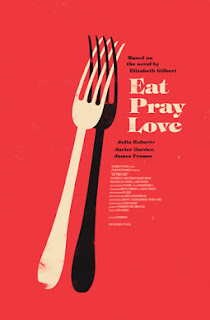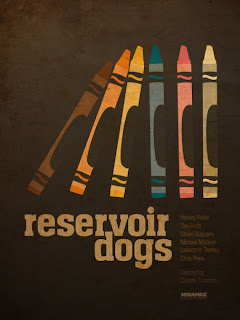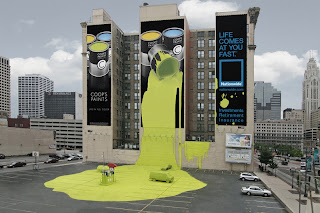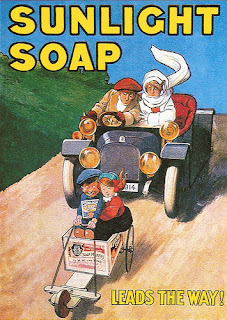Throughout this module I feel that my research skills have developed further. I have developed skills within presenting in a crit and understand good questions to ask to get the feedback you desire.
2. What approaches to/ methods of design production have you developed and how have they informed your design development process?
3. What strengths can you identify in your work and how have/will you capitalise on these?
4. What weaknesses can you identify in your work and how will you address these in the future?
5. Identify 5 things that you will do differently next time and what do you expect to gain from doing these?
1. Plan out my time better and never underestimate a workload.
2. Practice essay writing as I struggle in this aspect a great deal.
3. Seek out help when stuck in stead of leaving things to the last minute, this will help towards a stress-free working practice.
6. How would you grade yourself on the following areas:
Attendance: 4
Punctuality: 4
Motivation: 4
Commitment: 4
Quantity of work produced: 3
Quality of work produced: 2
Contribution to the group: 4
